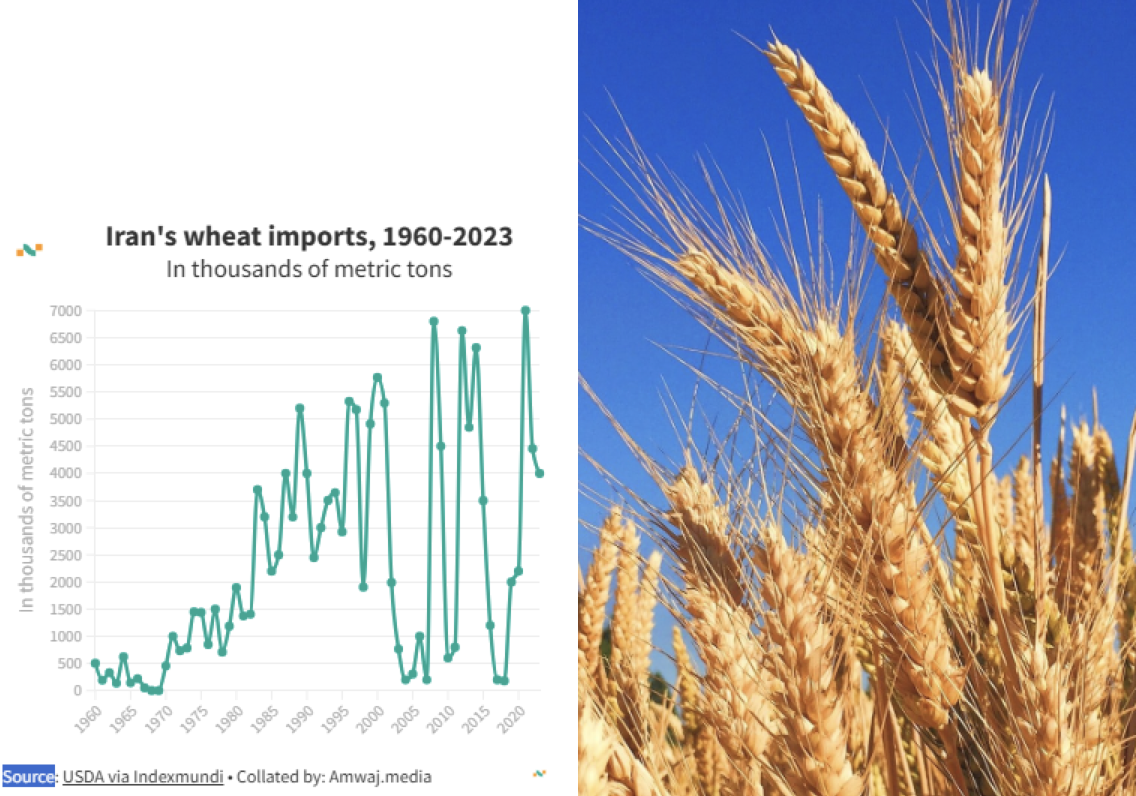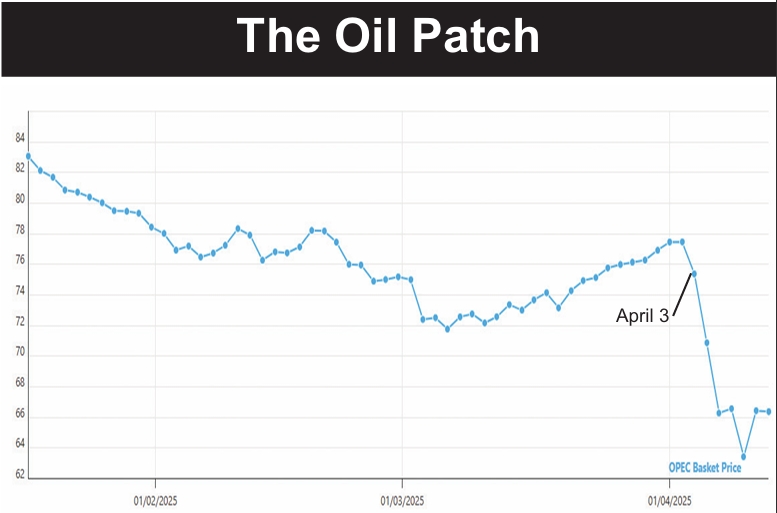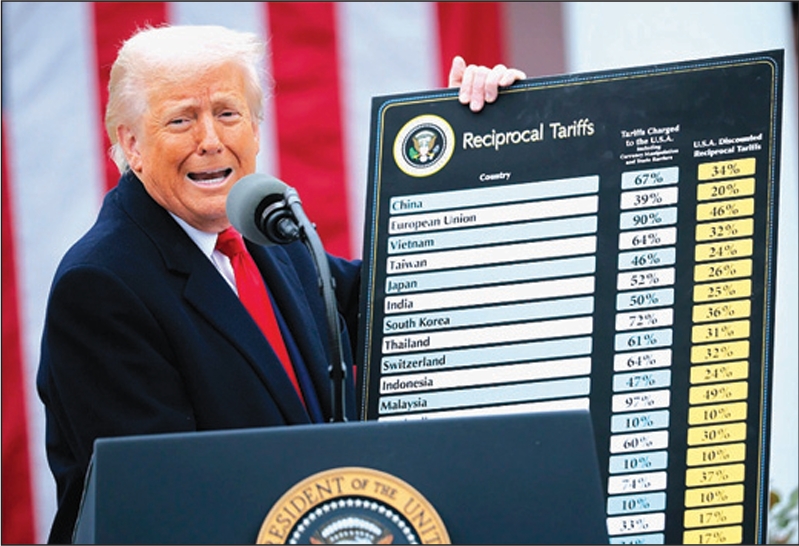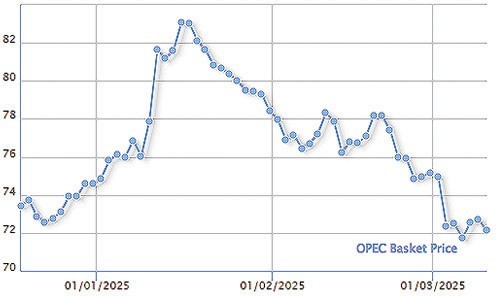Iran’s Ministry of Agriculture has dismissed complaints against the safety of Iranian watermelons by a member of Russia’s State Duma, who said the gourds are delivered with excessive nitrate residue.
It is the latest attack on the safety of Iranian food products. Several European countries have periodically stopped the import of Iranian pistachios when they have shown up with aflatoxin contamination.
The Director General of the Office of Vegetables and Gourds at the Ministry of Agriculture, Hossein Asghari, said Iran’s agricultural products meet the “strictest international standards” for nitrate residue, including those enforced by Russia.
“The permissible nitrate limit in watermelons is 60 milligrams per kilogram in both Iran and Russia,” he said.
Asghari questioned the origin of the watermelon shown in a recently circulated video showing a Russian Duma member casting doubt on Iranian produce.
He said there is no clear evidence that the watermelon in the video was even from Iran.
Asghari also highlighted critical flaws in the testing method, noting that accurate nitrate measurements must be taken from the edible part of the watermelon, not the rind, and questioned the reliability of the device used in the video.
Citing a study by Iran’s Soil and Water Research Institute, Asghari said the average nitrate concentration in Iranian watermelons is under 10 mg/kg.





















